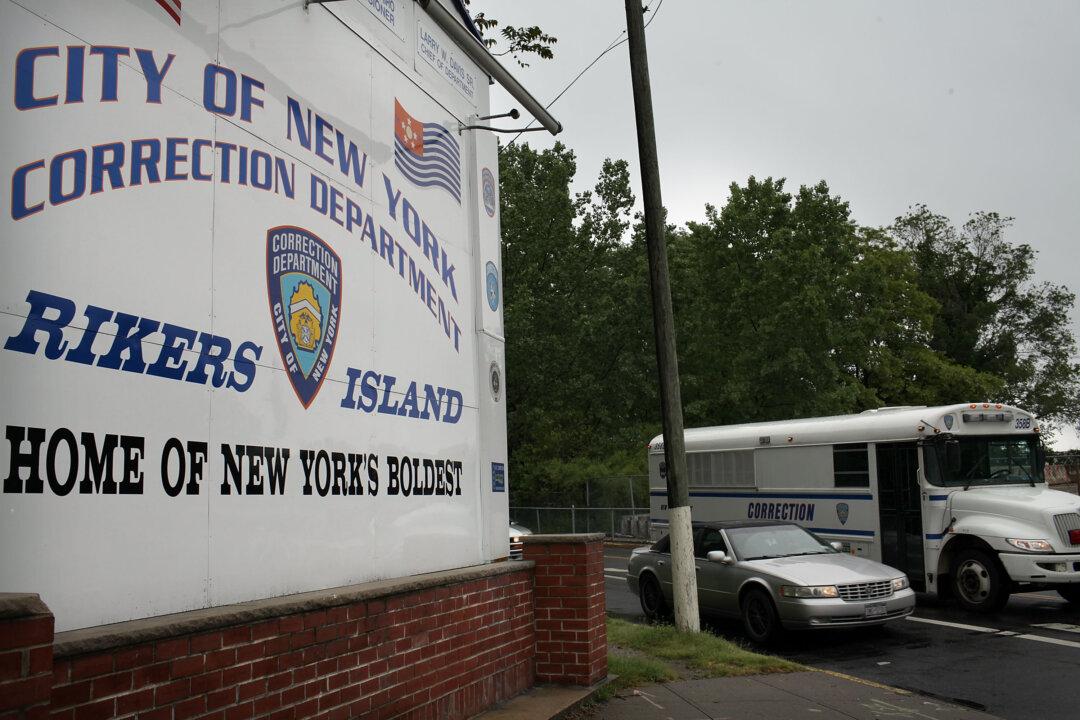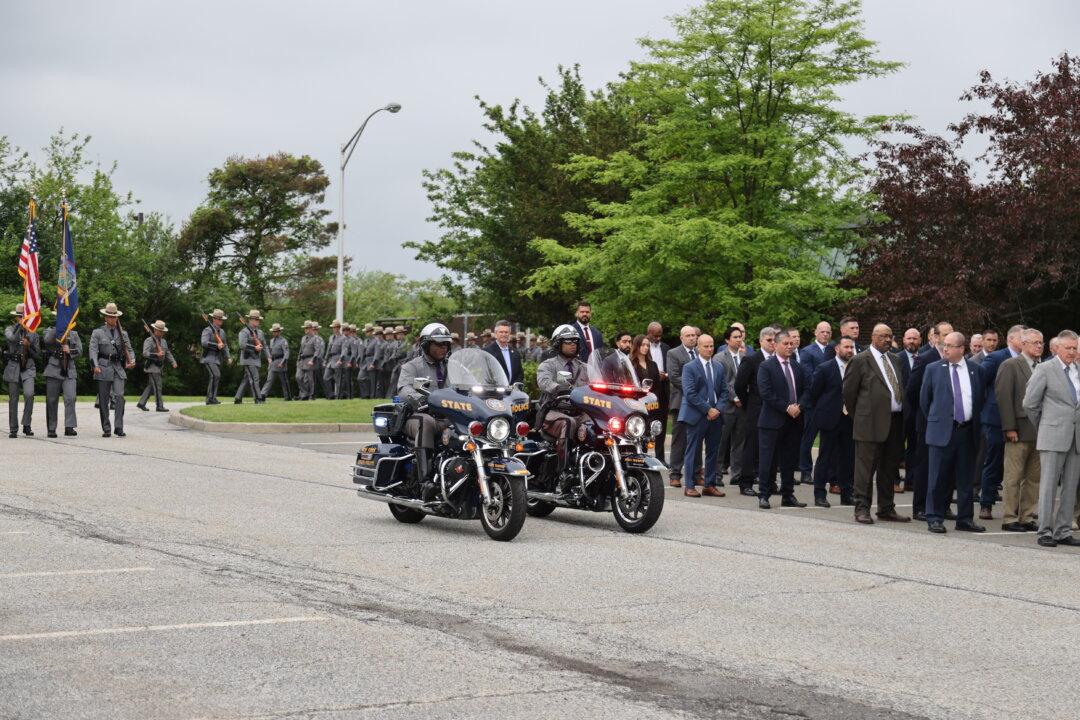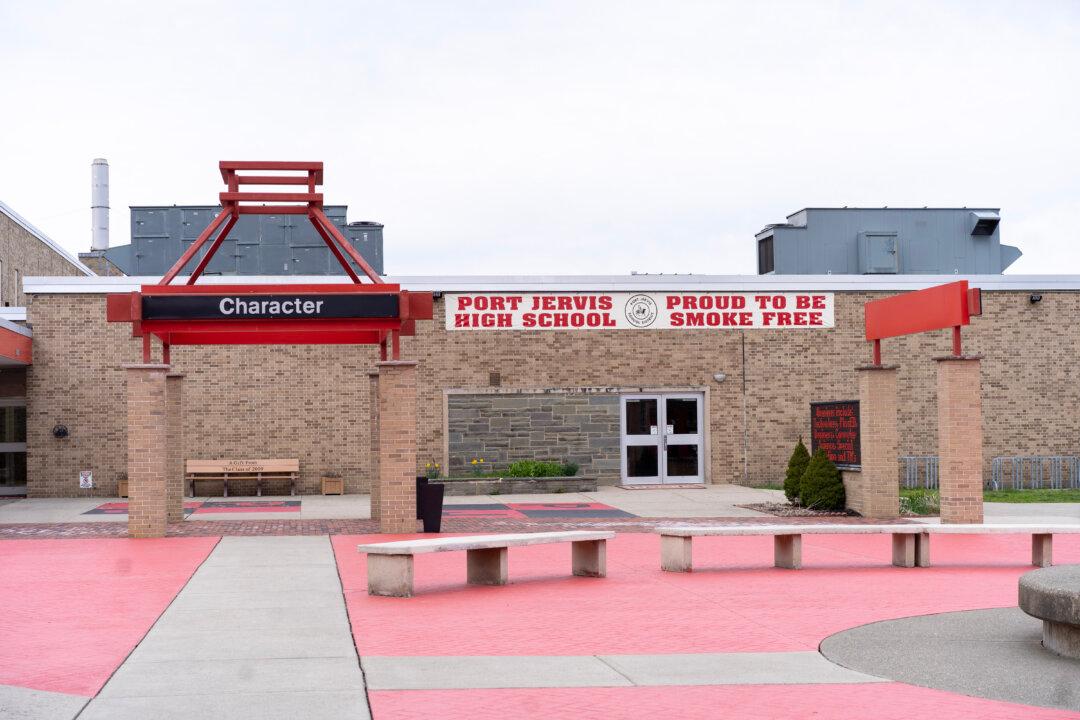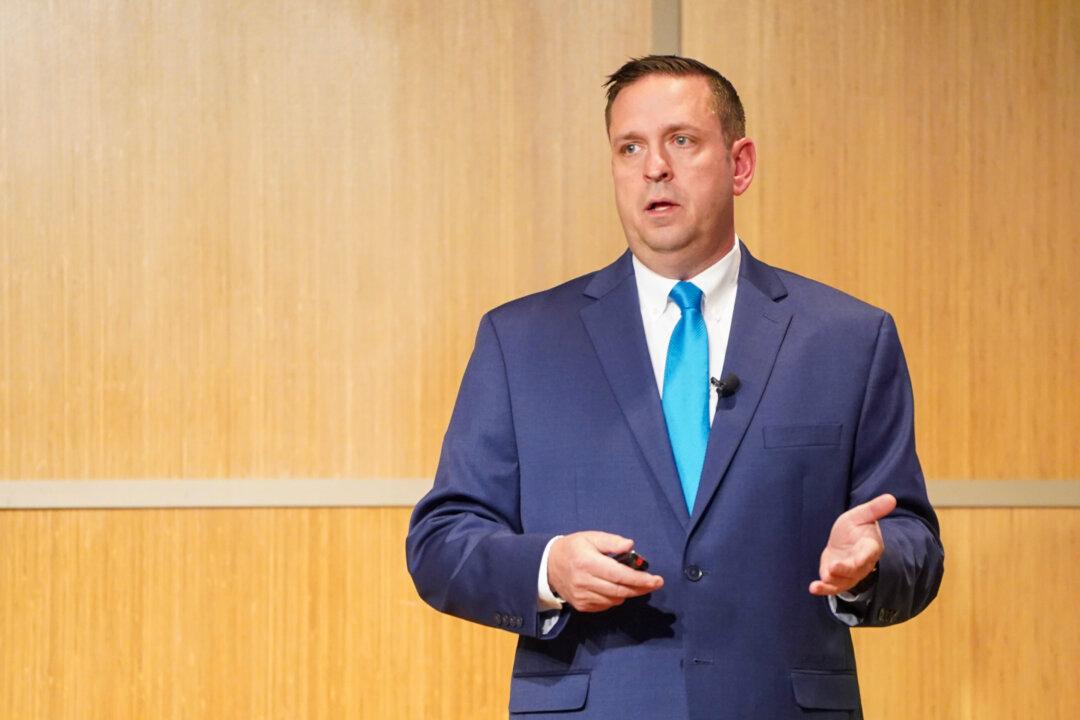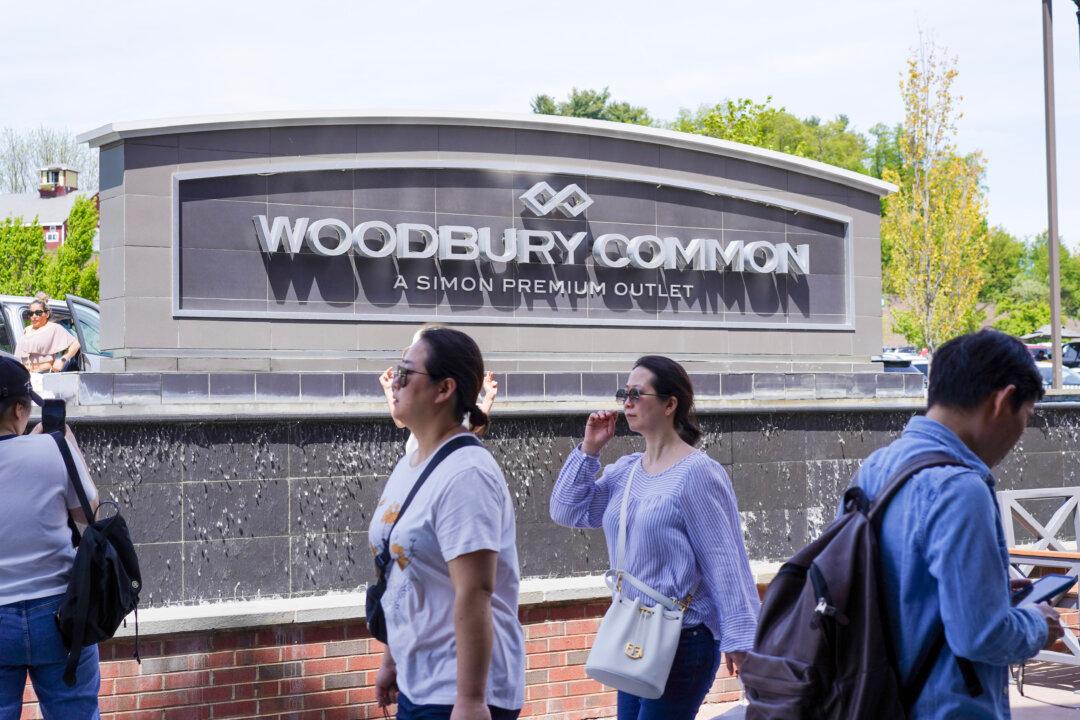Former New York City prosecutor Jim Quinn, a vocal critic of New York’s 2019 bail law since day one, still hopes state lawmakers face reality and repeal the damaging law.
In his latest report, published under the Manhattan Institute, Quinn shows how earlier ideologically-driven movements aided the birth of the law, how the law drove up re-offending rates and crime, and how the two fixes didn’t solve the law’s root problem.
